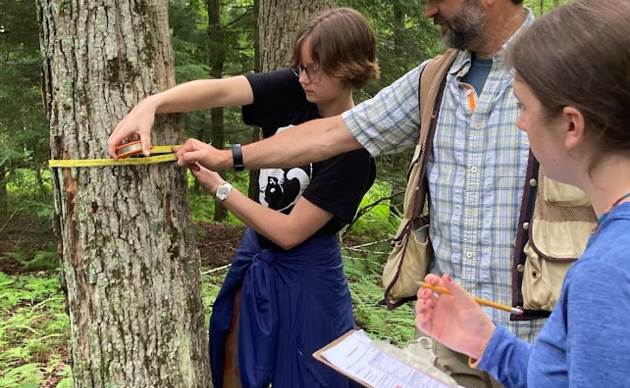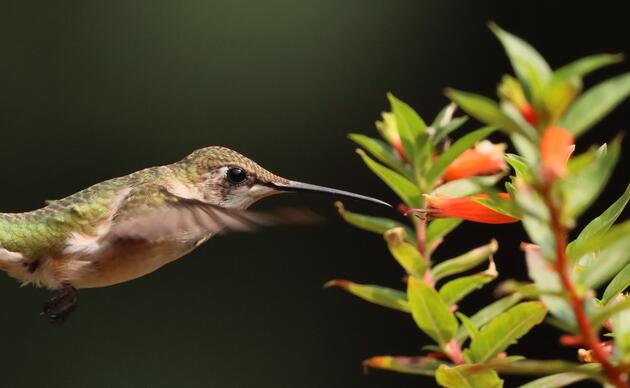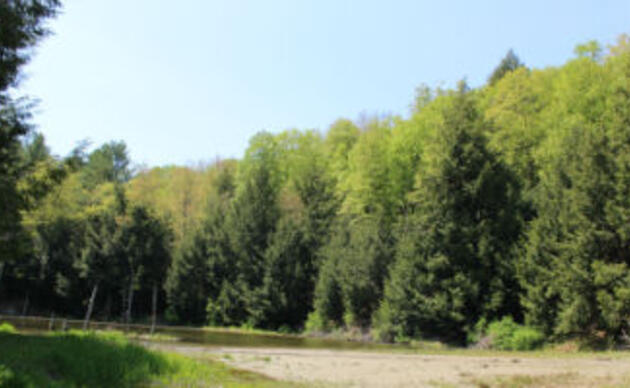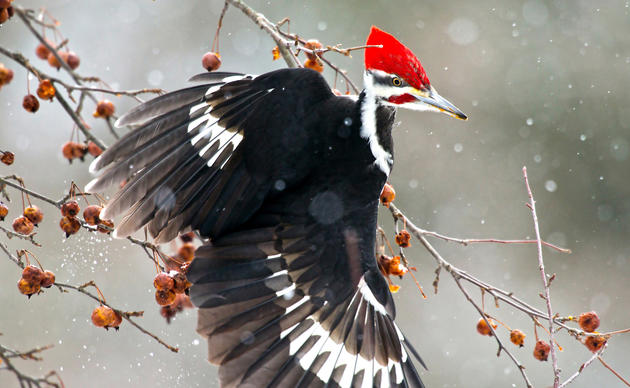As the summer 2025 Bird-Friendly Maple Intern with Audubon Vermont, I’ve had the opportunity to engage with a wide variety of the organization’s conservation efforts. These experiences have included everything from meeting with maple producers, to assessing forest habitat, to meeting with leaders from many of Audubon’s conservation partners.
In Vermont, forests are a defining feature of our landscape, covering more than three-quarters of the state. These woodlands are now facing new challenges from a changing climate, including extreme weather and the spread of invasive pests. As a result, protecting the health of this vital habitat is more critical than ever. Landowners across the state are interested in learning how they can steward their forests to make them more resilient and able to withstand these growing stresses.
As an example of the latter, I recently had the opportunity to meet up with Ali Kosiba from UVM Extension Forestry, and UVM intern Jess Forsyth, to help set up study plots at the Green Mountain Audubon Center (GMAC) as part of their Forest Climate and Resilience Monitoring Project. The GMAC’s Foresters for the Birds demonstration area was chosen as an ideal location for this important work.
The study's aim is to evaluate the success of forest management done with the intention of improving forest resilience to climate change and forest health stressors. This project has a wider aim beyond just forest resilience; it also seeks to engage with Vermont landowners. It will assess the effects of the work that some landowners are already doing to improve forest health and its ability to adapt in the face of climate change. With increasing forest health concerns, we need to know how we can help forests cope with pests and pathogens such as the Hemlock Woolly Adelgid, Emerald Ash Borer, and Beech Bark Disease. The management strategies that improve forest adaptability and health also help to create vital bird habitat, linking two key conservation goals.
The study will incorporate many different forest sites, including the GMAC, to get a wide variety of forest conditions, management activities, and landowners involved. Each site has a collection of plots, with one being control (an area where management has not taken place) and another being the treatment (where management with climate change in mind has occurred). The data collected at each plot will be taken in both a main plot and five smaller sub-plots. Information about the number and status of saplings, mature, and dead trees will be collected at the main plot, as well as a check for invasives and other stressors like deer browse. Seedlings and vegetation observations will be made within the sub-plots. Each site will then be visited every 5-10 years to reassess the long-term impact of the management that took place there.
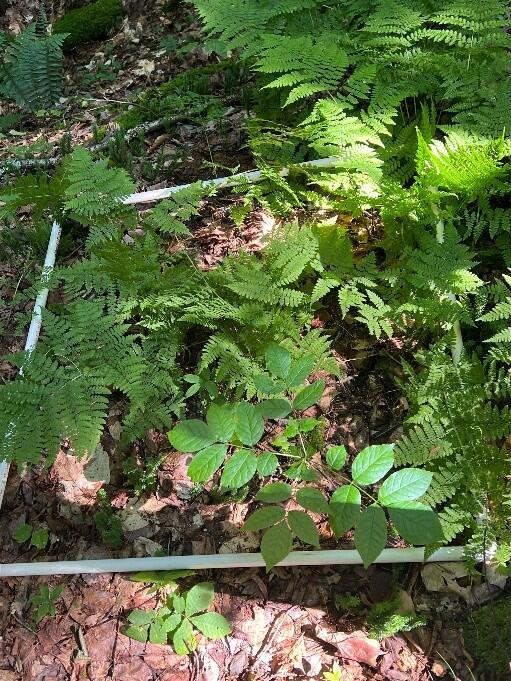
The information gathered through this study will hopefully provide insight to Vermont landowners and foresters to continue to assist our forest’s ability to be resilient in the face of change. Understanding which management strategies have been effective will help create more resilient forests that are up to the task of the changes that lie ahead. These same management strategies are also essential for protecting the vital habitat that birds need to survive.
Vermont forest is a crucial habitat for birds as it sits in the Atlantic flyway that brings birds who winter in South and Central America to nest here in the spring and summer months. Creating and protecting healthy habitats for these birds to return to year after year is essential. Providing these birds with quality forests helps to ensure their breeding success as well as fuel their future migration. These birds need a forest to return to every spring, and it is our job to utilize management strategies to make that possible.
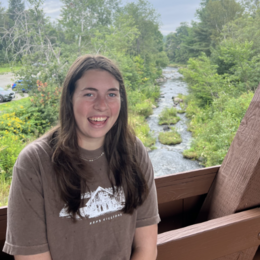
By Lizzie Motch
Youth Conservation Leadership Program
Engaging young adults during a time in their lives when they are making important decisions about their educational and career paths.

